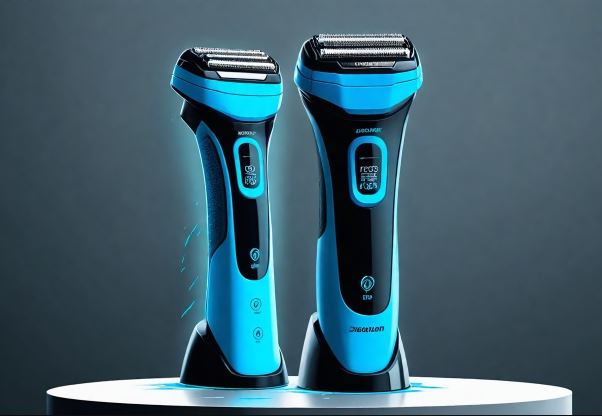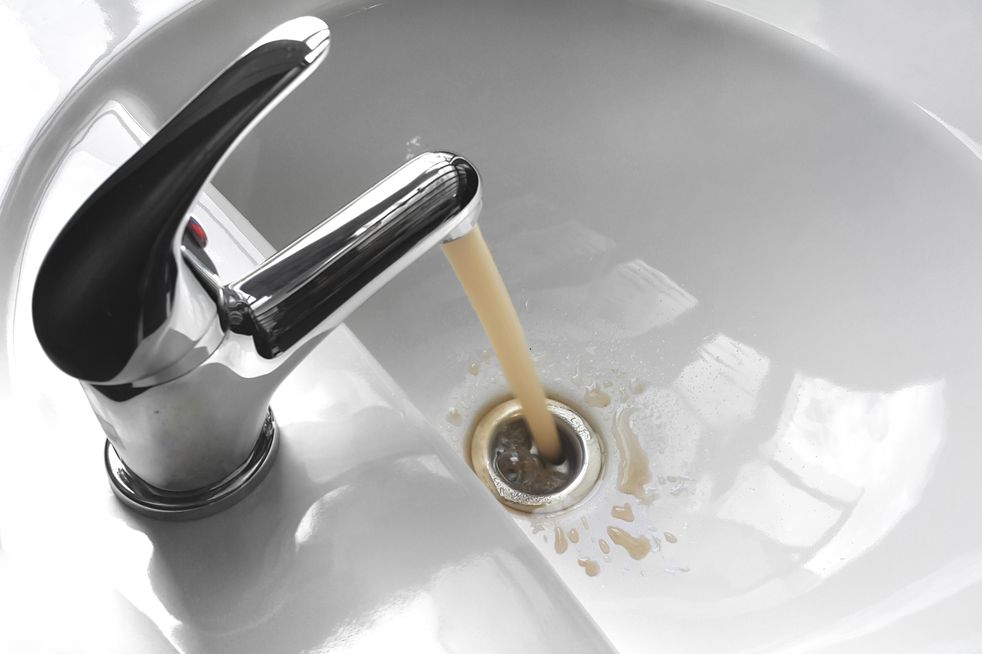The Best Electric Razors for Men: Performance and Comfort Combined

Evaluating Electric Razors: A Comparative Analysis
When searching for the best men’s electric razor, it’s vital to consider a blend of performance and comfort. These factors are key to finding a razor that not only delivers a close shave but also feels good against the skin. This section delves into the attributes that set apart high-quality electric razors from their competitors.
Performance Metrics
- Closeness of Shave: The best men’s electric razor offers a shave that rivals traditional blades, leaving the skin smooth without multiple passes.
- Speed and Efficiency: Top models are powerful enough to cut through dense facial hair swiftly, saving time during morning routines.
- Battery Life and Charging Time: Longer battery life and faster charging times are crucial for those with busy lifestyles or frequent travelers.
- Durability and Build Quality: A razor that lasts for years and withstands the rigors of daily use provides better value over time.
Comfort Considerations
- Skin Sensitivity: Razors that feature gentle cutting mechanisms are preferable for men with sensitive skin to avoid irritation.
- Ergonomics and Handling: A razor should feel natural in hand, with a design that makes it easy to maneuver across all facial contours.
- Wet and Dry Use Flexibility: The ability to use the razor both in the shower and on dry skin offers versatility for different shaving preferences.
Highlighting Leading Electric Razors for Men
In the pursuit of the best men’s electric razor, certain models stand out for their exceptional balance of performance and comfort. Below, we showcase a few top choices, outlining their key advantages.
Model A: Renowned for its advanced cutting system that offers a close shave without compromising skin health.
- Battery lasts up to 60 minutes; charges fully in 1 hour
- Suitable for wet and dry use, enhancing its versatility
- Built with a durable design to withstand years of use
Model B: Distinguished by its ultra-fast motor and precision blades, ideal for thick and coarse hair types.
- Features a flexible head that adapts to facial contours for optimal comfort
- Offers 50 minutes of shaving time with a quick 30-minute recharge
- Ergonomically designed for better grip and control
Model C: A great option for men with sensitive skin, thanks to its gentle cutting technology.
- Wet and dry shaving capabilities allow for a customizable shaving experience
- Long battery life ensures reliability and convenience for users on the go
- Comes with specialized attachments for trimming and detailing
Advantages of Electric Razors over Traditional Blades
the best electric shavers for men according to experts
Opting for an electric razor over traditional blades has several benefits, making it a preferred choice for many men. These include:
- Reduced Skin Irritation: Electric razors minimize the risk of cuts, nicks, and razor burn, offering a safer shaving experience.
- Convenience and Time-Saving: Electric razors allow for quick shaves, ideal for those with busy schedules.
- Cost-Effectiveness Over Time: While the initial investment may be higher, electric razors can be more economical in the long run, with no need for frequent blade replacements.
- Versatility: Many electric razors offer features like wet/dry use and integrated trimmers, catering to a wide range of shaving and grooming needs.
Key Considerations Before Purchasing
Before committing to a purchase, there are several factors to weigh to find the best men’s electric razor that meets individual needs and preferences.
- Type of Razor: Foil and rotary razors cater to different hair types and shaving habits. Understanding the distinctions can guide better selection.
- Maintenance Requirements: Some razors demand more upkeep than others. Consider ease of cleaning and the need for blade replacements.
- Additional Features: Extras such as travel locks, battery indicators, and waterproof designs may enhance convenience and usability for some users.
- Budget: Prices vary widely among electric razors. Balancing desired features with what one is willing to spend is crucial.
A Glimpse into Future Innovations
The market for electric razors is continuously advancing, with new technologies enhancing the shaving experience. Future models are expected to offer improvements like AI-driven shaving sensors for a more personalized shave, longer-lasting battery technology, and even more effective cutting mechanisms that further reduce irritation. Staying attuned to these developments can help men find even better solutions for their grooming needs over time.
Conclusion
The search for the best men’s electric razor involves a careful examination of performance and comfort features. By comparing leading models and understanding the advantages of electric shaving, men can identify a razor that not only meets their practical requirements but also elevates their daily grooming routine.

